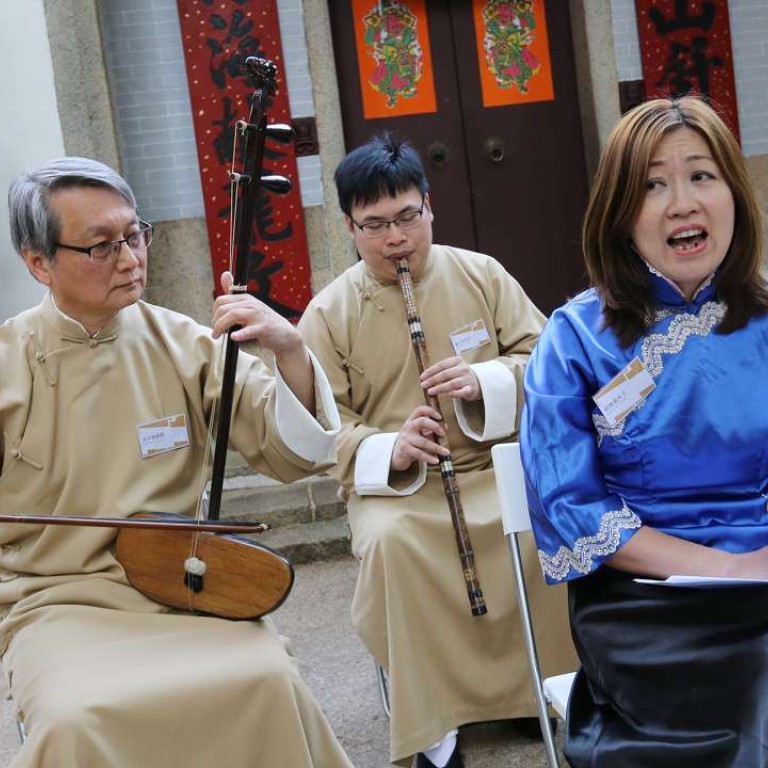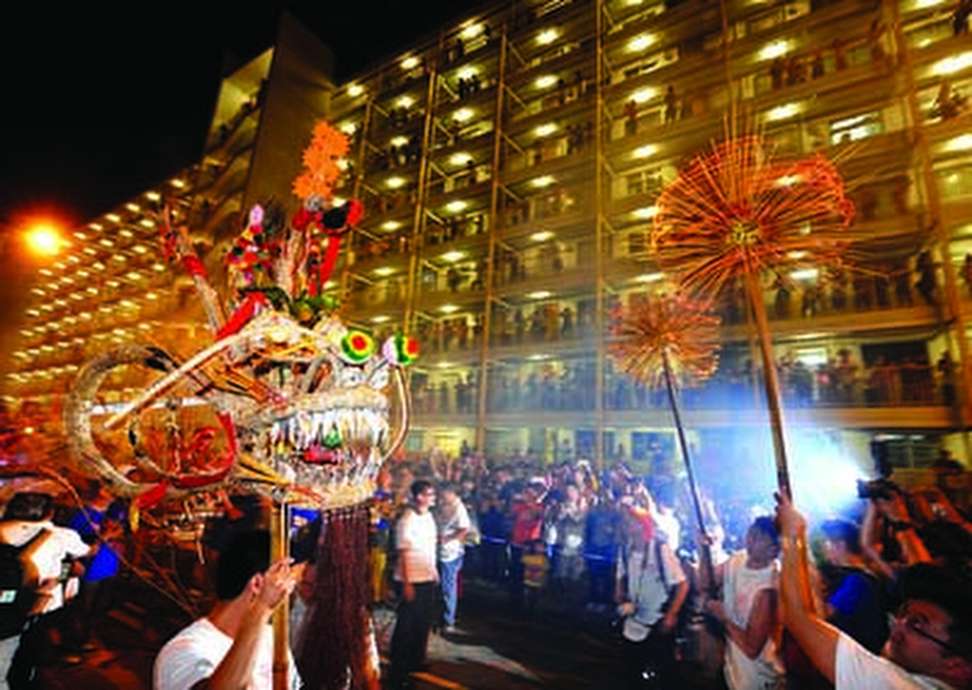
Milk tea to worship rituals: Hong Kong public consulted on 10 intangible cultural heritage items
Items will form part of a 20-strong list to be finalised by mid-year for protection
From Hong Kong-style milk tea making to ancestral worship rituals, 10 items have been chosen to be part of a representative list of the city’s intangible cultural heritage the government is pledging to protect.
The proposed items, which are open for public consultation until May 11, will provide a basis for the government to prioritise resources and measures to preserve age-old traditions that have shaped Hong Kong.
The initial list, which took seven years of research and deliberation, was released in 2014. It included dialects like those from Fujian and the Chiu Chow area and all forms of martial arts like Wing Chun.
“All of these 10 items reflect Hong Kong’s diverse intangible heritage,” Intangible Cultural Heritage Advisory Committee chairman Professor Cheng Pei-kai said.
“Aside from embodying Hong Kong’s traditional culture ... they have also been passed on from generation to generation and continue to be living and dynamic,” Cheng said on Sunday at a press conference at Sam Tung Uk museum, a 200-year-old Hakka walled village in Tsuen Wan.

Members of the public who visited the museum on Sunday were also treated to workshops and live demonstrations of items that made the selection list, including bamboo theatre building and paper crafting.
Tailor Samon Fung, 74, said he hoped the art of making cheongsams – the iconic, figure-hugging Chinese dress that became a fashion staple in the 1950s and 60s – would continue to flourish even as the city embraces a more Western style of dress.
“I hope the government can put more resources in finding suitable spaces for teaching, so people who want to learn can do so before it disappears,” he said.
Fung, who started picking up the skill when he was 13, recalled the glory days in the 1950s when there were 3,000 tailors across the city.
“Back then, every woman would wear the cheongsam every day. Now there are less than 10 tailors who know how to make it. People only buy it for weddings or go to Shenzhen to get it custom-made at a cheap price. But it’s not the same,” he said.

Performers of Nanyin, or “Southern Tunes” – a narrative song art presented only in Cantonese with Chinese musical accompaniment – also welcomed the decision by the advisory committee.
“If you think about it, in the 20th century, Nanyin was what pop songs are to people today. It’s about story telling and about translating life’s emotions in the form of songs,” performer Ho Kang-ming said.
Nanyin is often incorporated into Cantonese opera, which is the only item from Hong Kong that has been declared part of the Intangible Cultural Heritage of Humanity by the United Nations.
Sam Tung Uk village chief Chan Kwai-fong said the practice of paying respects to ancestors at their graves during the Ching Ming and Chung Yeung festivals was still very much alive today as it was 200 years ago when the Tsuen Wan village was founded.

“There have been some changes over the years. We aren’t allowed to cook food or set off firecrackers on country park land anymore as we used to, but a lot still remains the same,” he said.
Chan said villagers would still make a two-hour trek to ancestral graves on Tai Mo Shan while carrying an entire feast for an offering ceremony.
The representative list will ultimately contain 20 items, including 10 which were previously inscribed onto the Ministry of Culture’s national intangible cultural heritage list.
The list will be finalised by mid-year following a three-month public consultation.
THE TOP TEN
1. Nanyin (Southern Tunes)
2. Spring and Autumn Ancestral Worship of Clans
3. Tin Hau Festival (Birthday of the Goddess of Heaven) in Hong Kong
4. Mid-Autumn Festival: The Pok Fu Lam Fire Dragon Dance
5. The Taoist Tradition of the Zhengyi (Orthodox Unity) School
6. Sek Pun (Basin Feast)
7. Hong Kong-style Milk Tea Making Technique
8. Paper Craft Technique
9. Sewing Techniques of Hong Kong-style cheongsam and kwan kwa wedding costumes
10. Bamboo Theatre Building Technique

